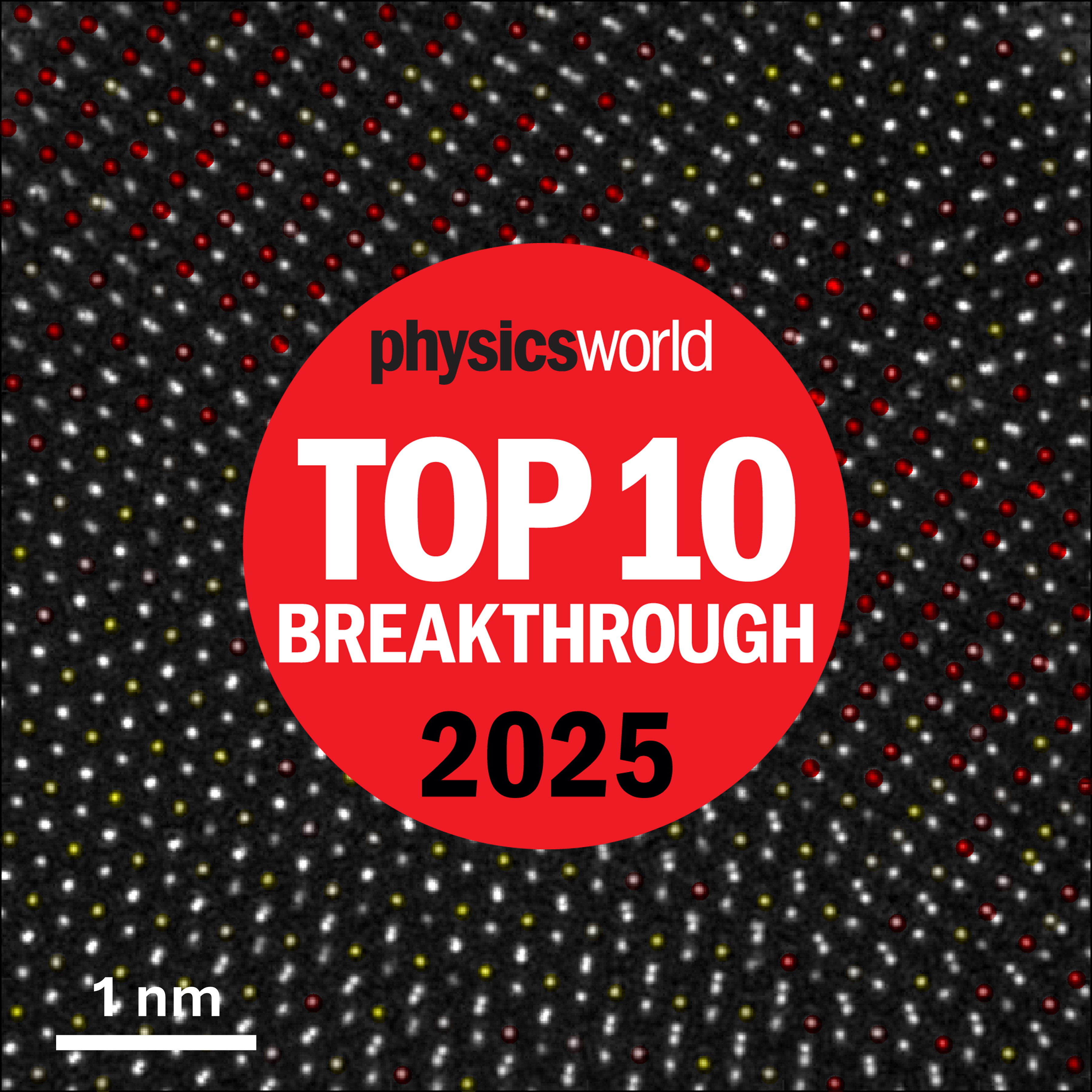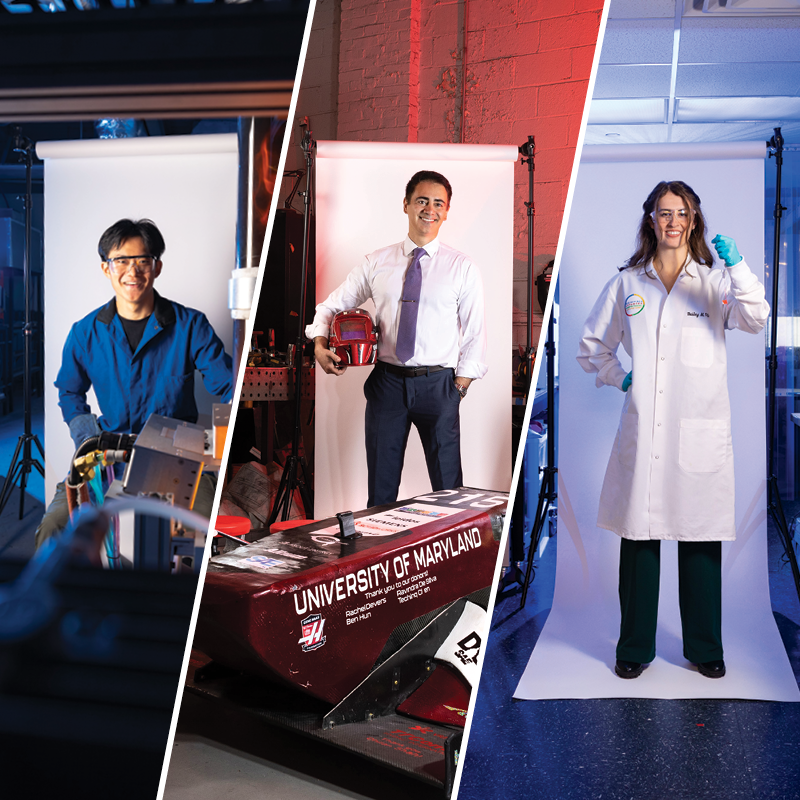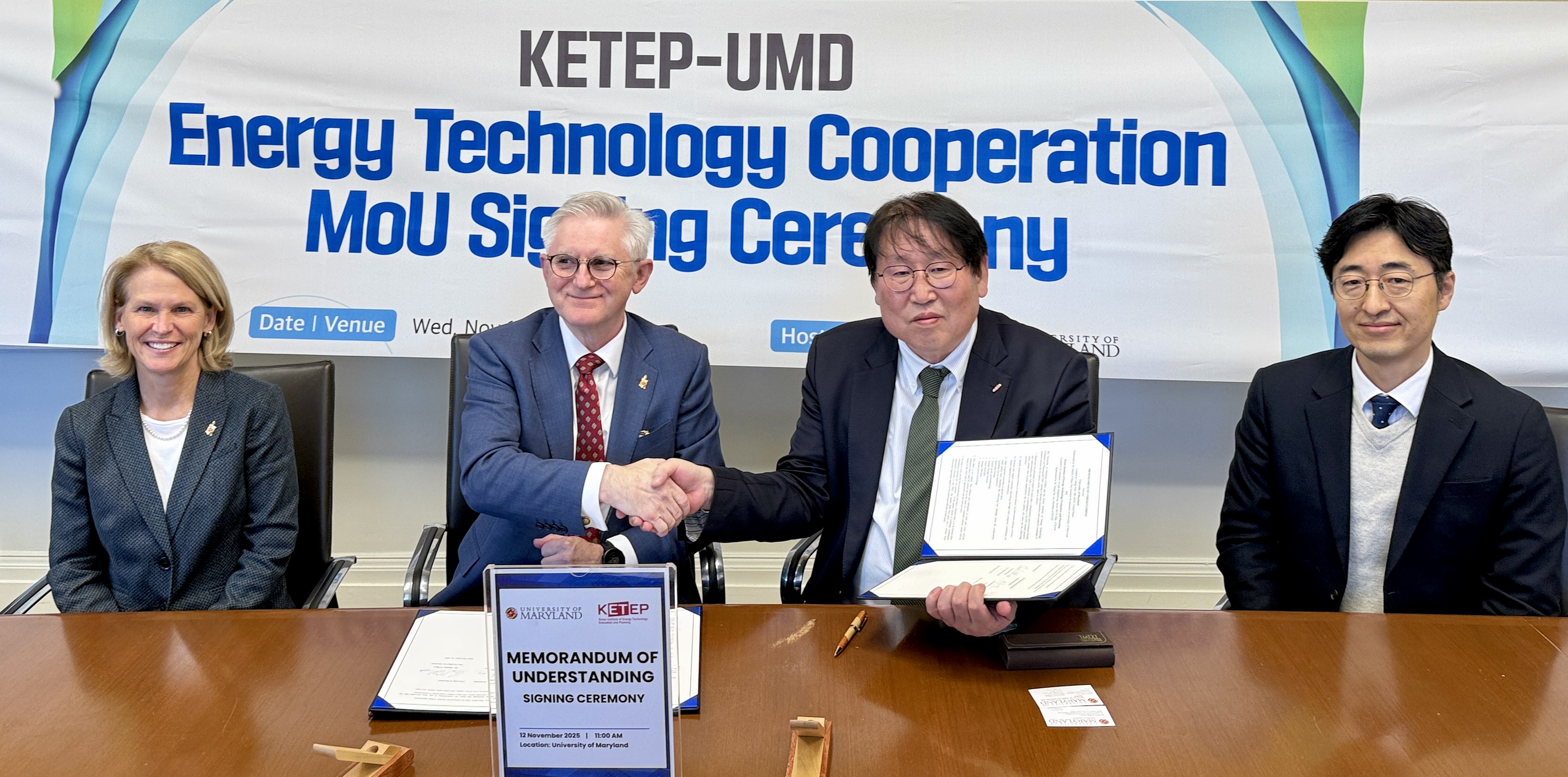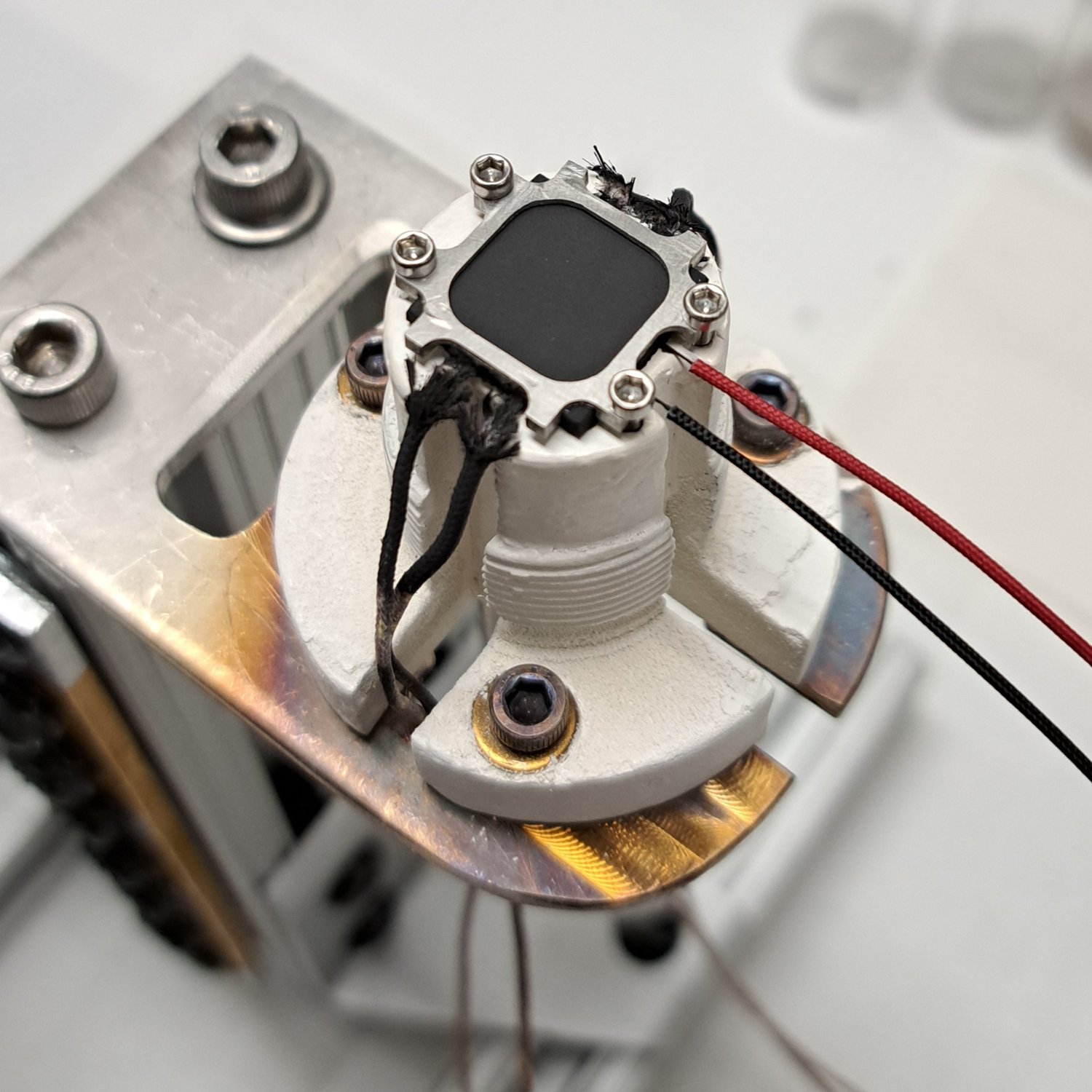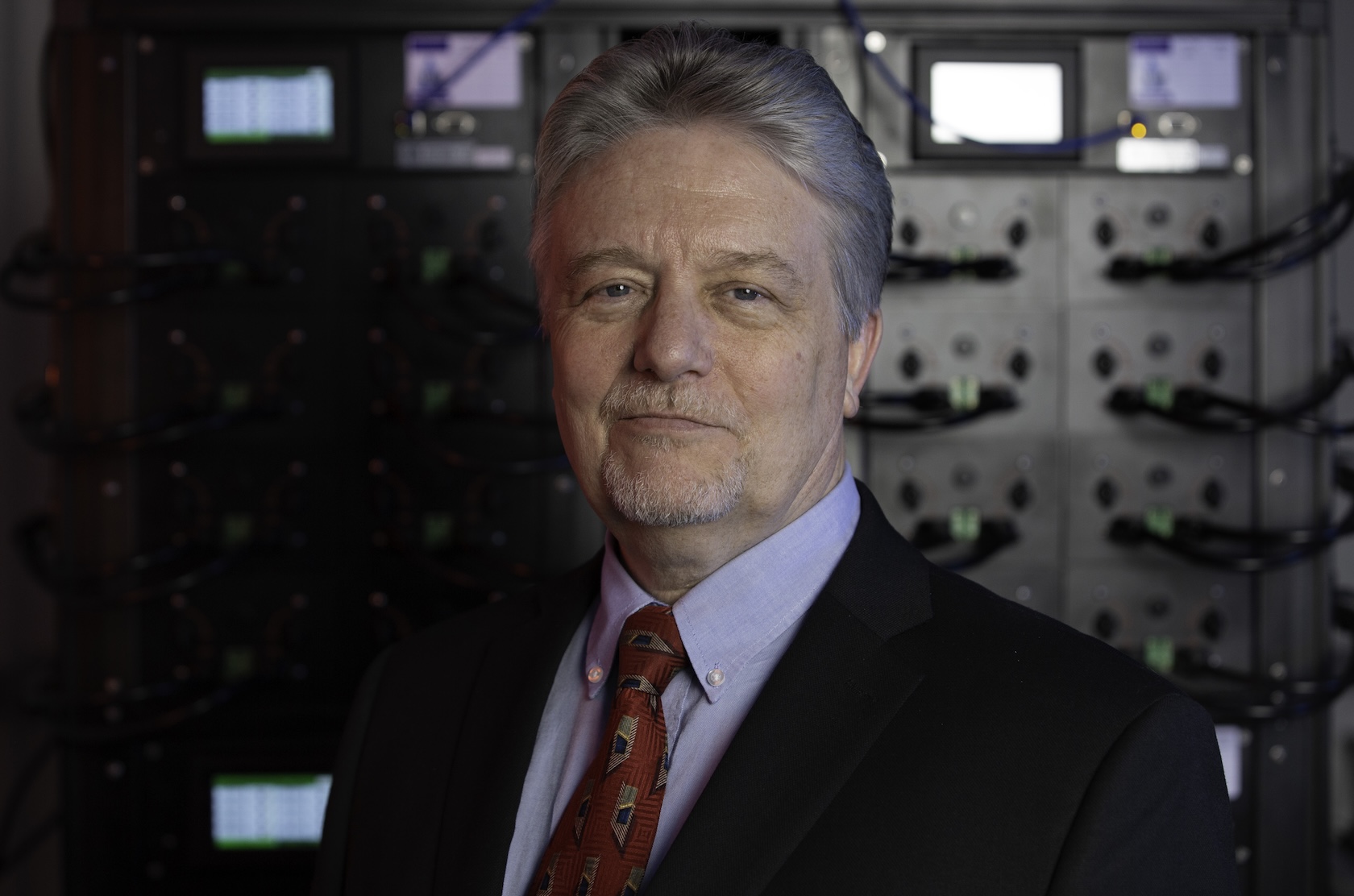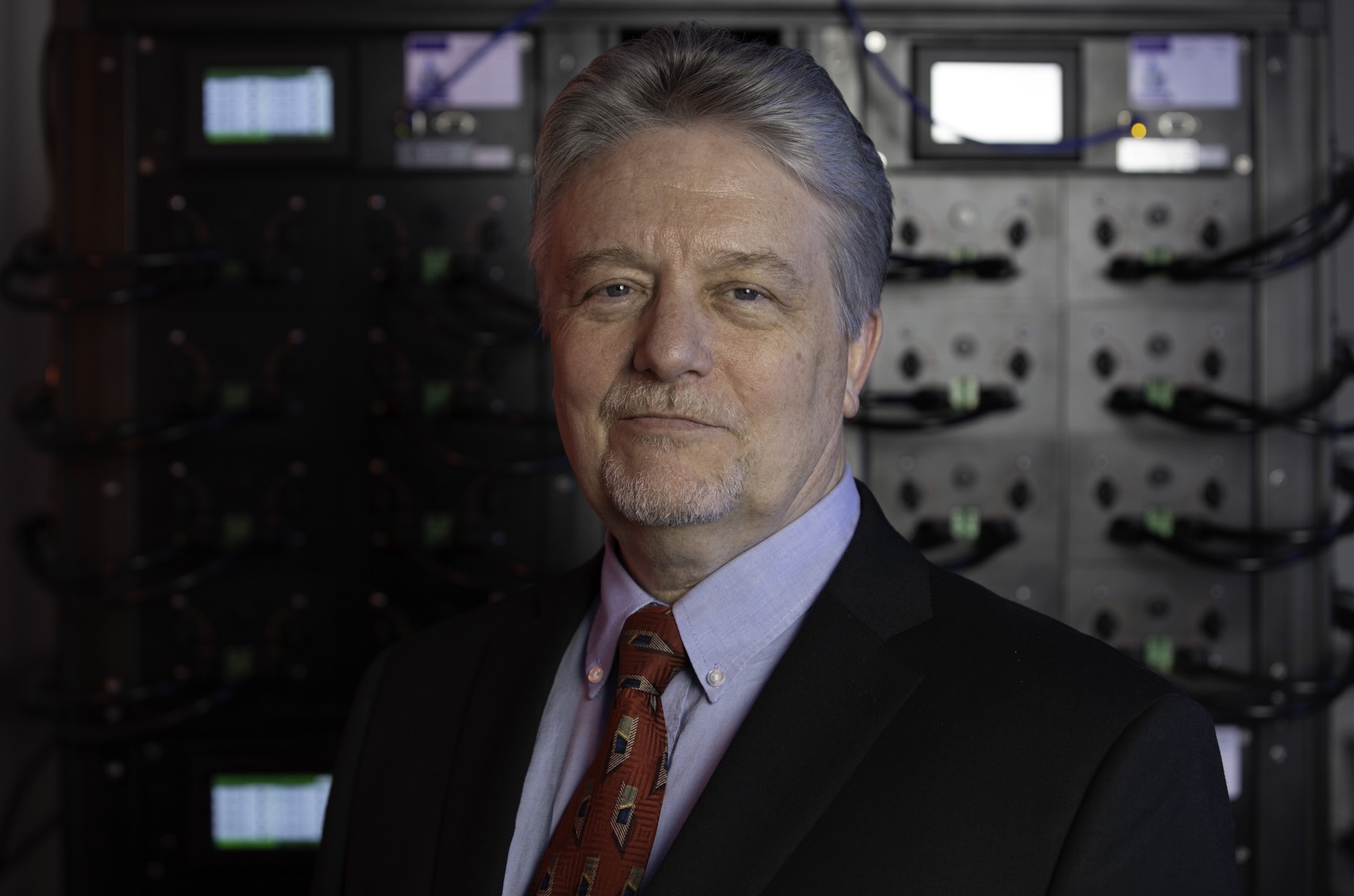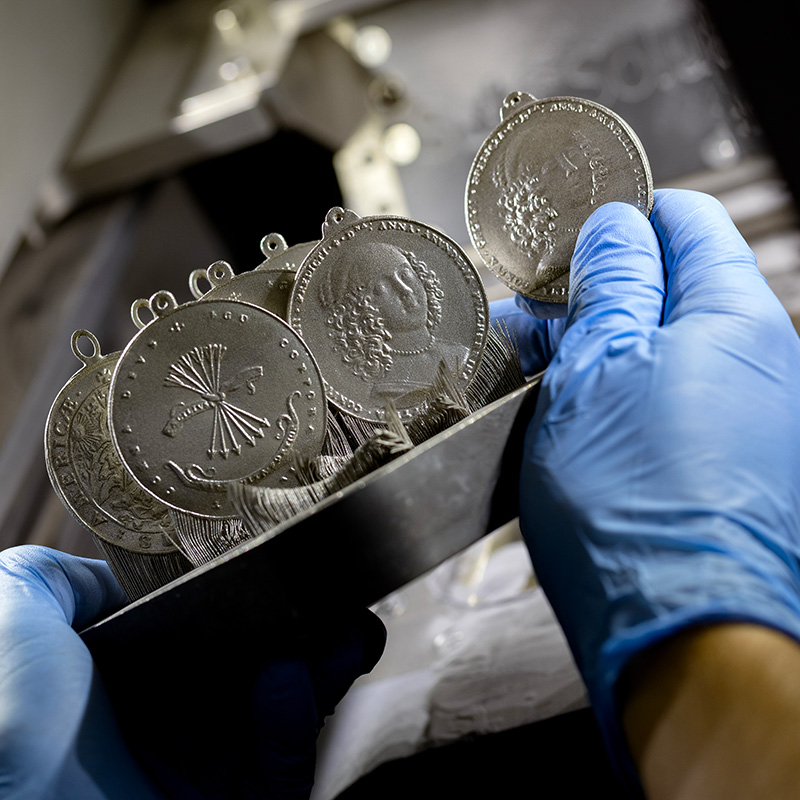News Story
Maryland Engineers Design Photonic Hardware for Next-Generation Data Storage
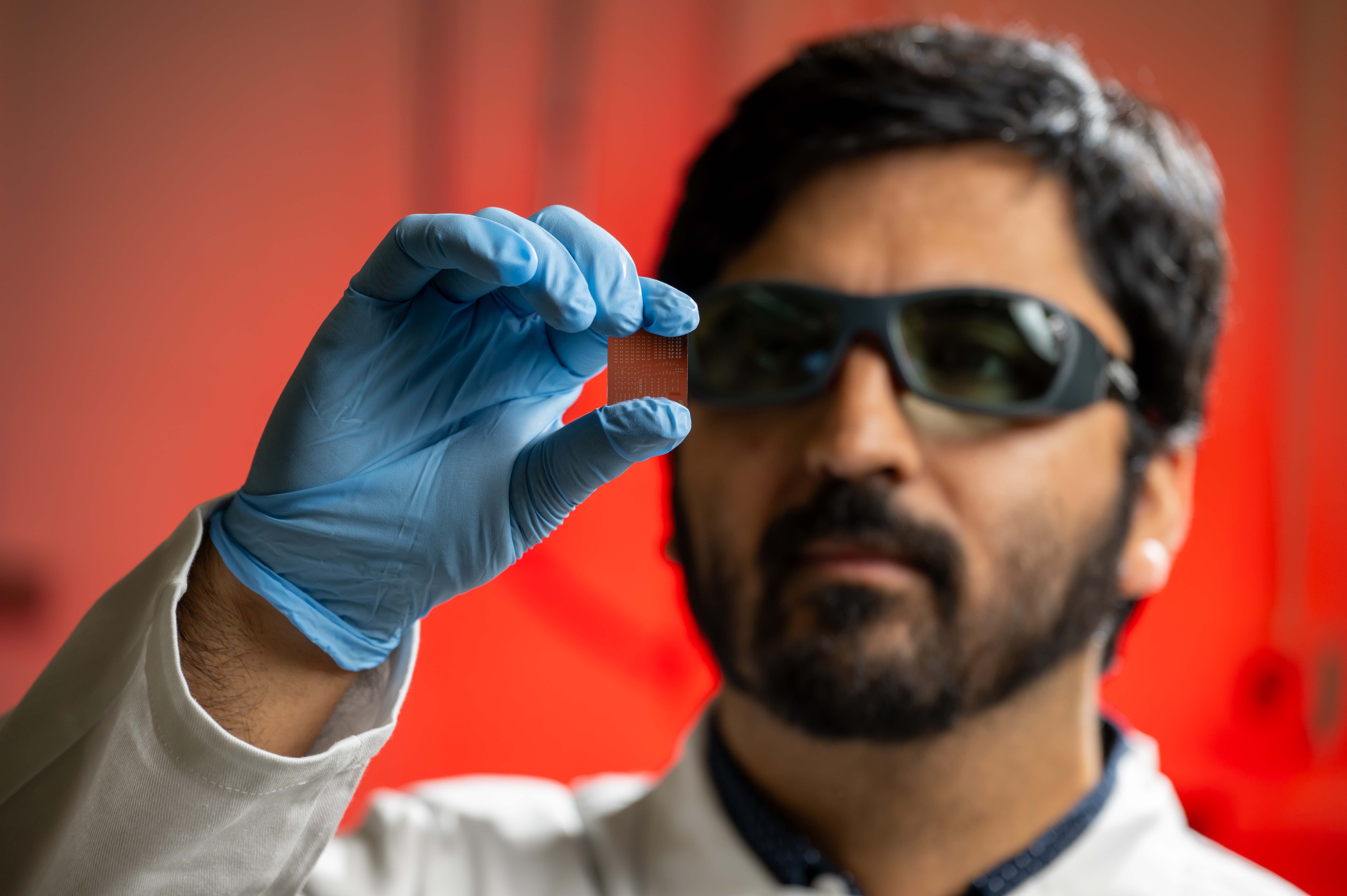
In a Nature Communications paper published today, an engineering challenge involving a new generation of semiconductor devices set to tackle the growing power consumption of data centers has been solved.
Inside the lab of Carlos A. Ríos Ocampo, an assistant professor in the Department of Materials Science and Engineering (MSE) and the Institute for Research in Electronics and Applied Physics (IREAP), an innovative design could scale photonic computational memory devices—next-generation semiconductor devices that use light, as opposed to electrical currents, to store and process information in the same location and in a speedy fashion.
The rise of photonic hardware comes as a new platform to tackle energy consumption by computer systems. Last year, the Department of Energy reported that 4.4% of total U.S. energy use was attributed to data centers in 2023—a metric that could grow to 12% by 2028. With the growing demand for artificial intelligence, and the electrification of new industries, researchers are working towards energy-efficient systems that can sustain data operations using the fastest platform to exist: light.
Ríos Ocampo, who studies phase-change materials as a basis for photonic devices—named due to their ability to change their physical properties when transforming between different solid states—broke through a major challenge slowing device commercialization. While researchers have demonstrated the potential of electrically-controlled phase-change materials to operate in digital photonic systems, they have yet to build a device with consistent multi-level performance, which is necessary for analog processing and computing.
Here’s how it works: the phase change material goes through crystallization and amorphization cycles during the course of its operation once it’s exposed to precise heat stimuli. This process is triggered by the key device component, the microheater, which overlaps with the photonic circuit or waveguide carrying light to process information. The challenge with previous designs is that achieving intermediate states was dominated by the crystallization process, which occurs randomly, and researchers wondered how they could engineer a device in which the states were, instead, precisely and deterministically controlled.
Today, that may not be the case anymore. A team led by Ríos Ocampo, MSE Chair Ichiro Takeuchi, doctoral student Hongyi Sun and collaborators from University of Connecticut, Massachusetts Institute of Technology, and University of Pittsburgh, engineered a photonic device that bolsters full control of the microheater’s function, which in turn allows the device to process information using light.
“This milestone is about solving the challenge of a fundamental building block, and now that it works, we could build greater and scalable architectures for entire computation systems,” said Ríos Ocampo.
His team approached the problem with a bottom-up approach. They experimented with the microheater’s geometry to determine how the temperature is controlled, which parts of the device get heated and which don’t. By accomplishing temperature control, the engineers were able to precisely control the microstructure of the material, creating a device that can perform multi-level processing in a deterministic manner.
His work presented a pioneer paper that demonstrated a new design that could be integrated into commercial manufacturing processes.
Published May 9, 2025
